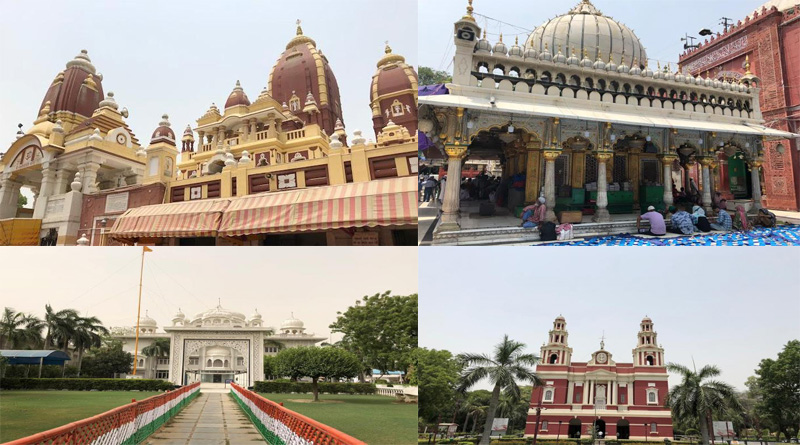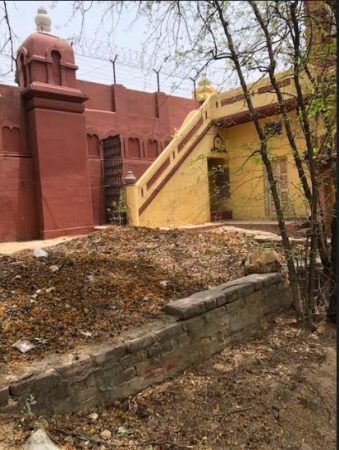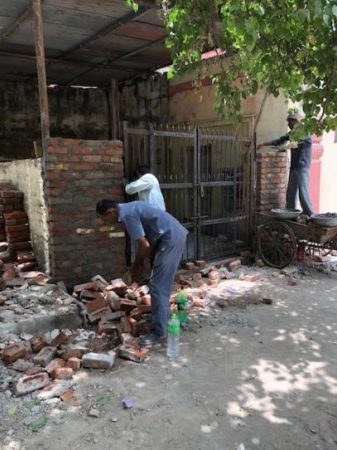

That religion plays an unusually large role in the lives of most Indians is well known. The country has some of the world’s biggest religious destinations and monuments, attracting mammoth crowds on a regular basis. Even today, tourism in the country remains dominated by the search for godliness in what are called pilgrimage circuits, be it Hindu Temples, the Buddhist circuit and more. For the record, according to the census of India, the country has more religious ‘places of worship’ or buildings at 3.01 million, than schools or colleges( 2.1 million).
One very good trend, that has possibly been missed, but is becoming increasingly visible thankfully, is the way some of the biggest religious destinations have started on the path to sustainability. It is notable because, most do not get effective support from the government, and remain under the control of trusts, both family and government controlled.
Thus, while you have the Tirumala Tirupati Devsthanams (TTD), the trust behind the iconic Tirupati temple, taking another green step with the induction of 50 electric cars on lease from the EESL, a government body which recently started taking delivery of a 10,000 electric car order. Besides the cars, in April, the TTD also took charge of a solar power setup for 10 MW, set up by Vikram Solar. The host city of Tirupati is also taking other steps, like establishing waste to power plants, bio-gas production and recycling, three separate MOU’s signed just last month. All these steps follow massive adoption of solar powered moves like heaters, kitchens and more.
In Kerala, a state with natural ‘green’ advantages, the Cochin Devaswom Board, which manages the states major temples, has started a ‘Haritha Kshetram’ program, which involves greening of 120 of the states temples. Work has started on planting saplings that will bring back the wooded ambalaparambu of yore, temple grounds where the community could enjoy itself among trees too. Eventually al 403 emples will be covered by this initiative. You can expect a lot more path breaking work from Kerala.




Of course, due to sheer numbers, a massive number of Hindu temples, dependent as they are on donations and offerings, simply do not have the resources to take meaningful steps towards sustainable practices, something that religions endowments and other institutions might want to consider next time they wish to do something for temples.
Interestingly, the langar, or free food that Gurudwara’s offer seems to be managed using steel utensils at most if not all Gurudwara’s further enhancing the eco-friendly credentials of these amazing institutions.
All in all the shift to renewables and sustainability by these amazing variety of institutions is a welcome signal to the broader community, and one hopes it is a message the people running these holy places will talk about more too. It’s also one area where competitiveness would be welcome!
copyright:iamrenew.com
In a significant move toward advancing green energy and industrial growth in the state, Himachal…
Golabl chemical conglomerate BASF has announced that its now offering the world’s first biomass-balanced polyethersulfone…
In a crucial stint to bolster the biogas sector and sustainable dairying in the country,…
TotalEnergies SE has received approval to proceed with its Middlebrook solar and battery project in…
Andhra Pradesh Chief Minister Chandrababu Naidu has inaugurated the Rs 1,000-crore green hydrogen plant of…
The BITS Pilani has developed an innovative solution for managing landfill leachate, domestic septage, and…